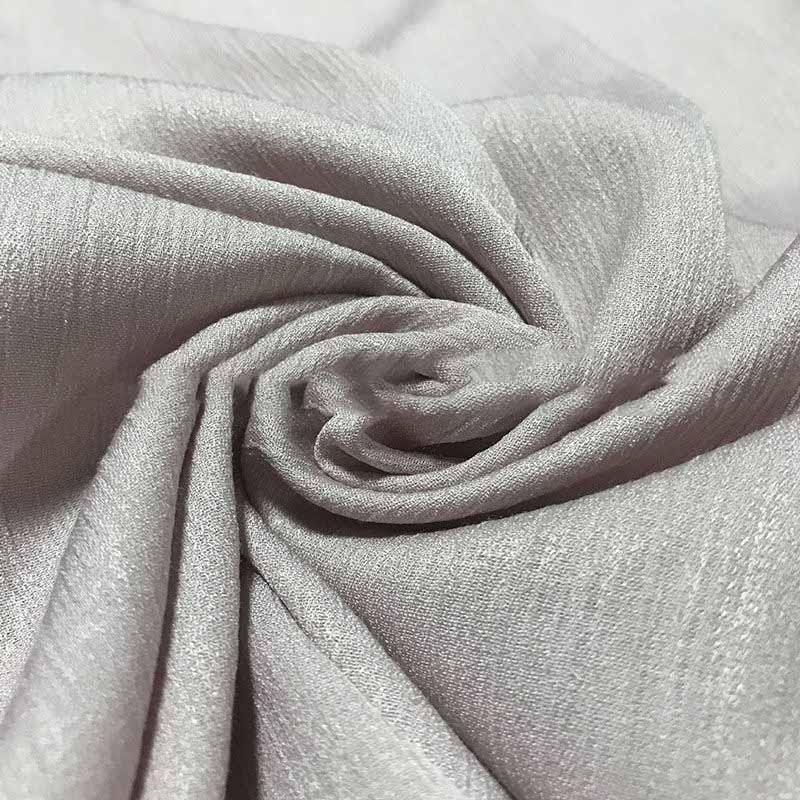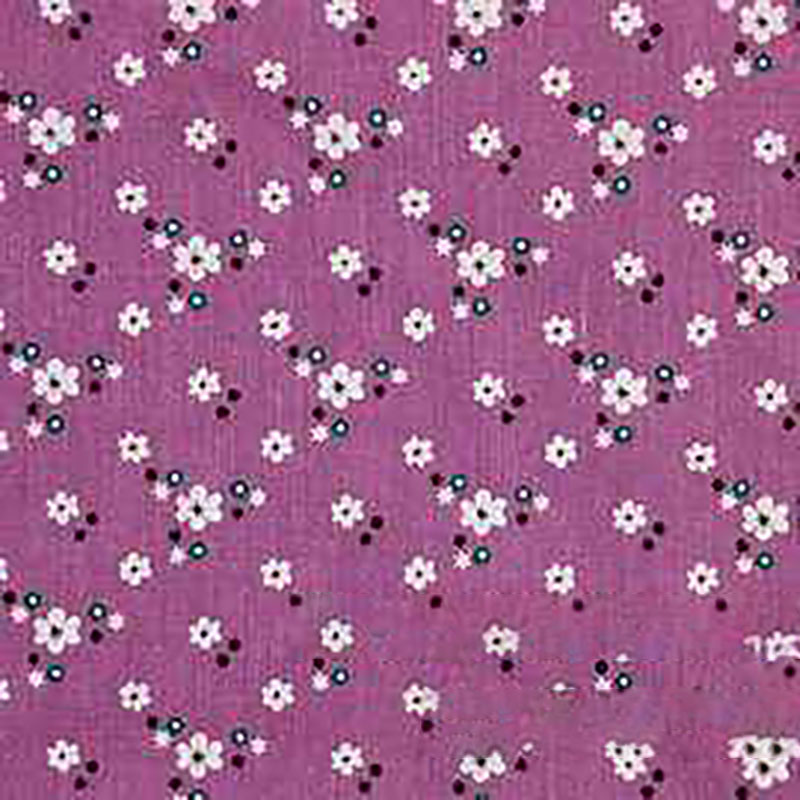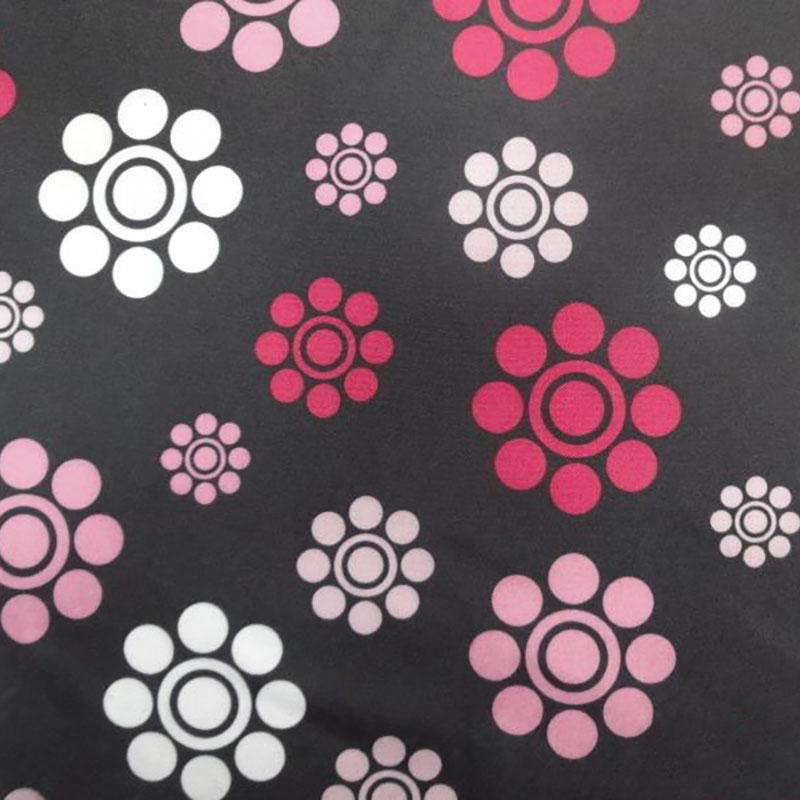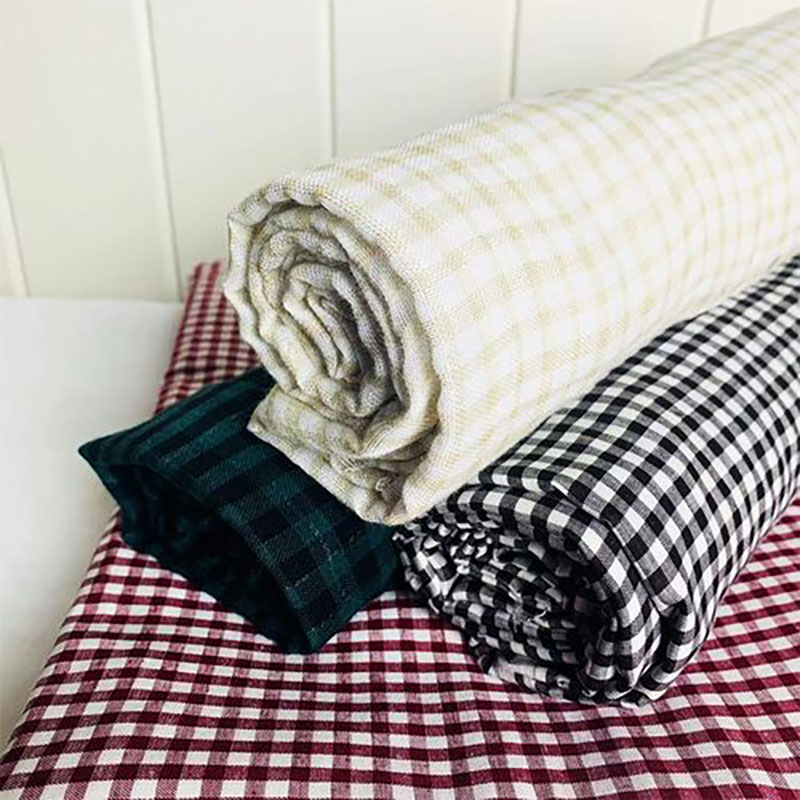
Over the past few centuries, fabric technology has undergone a significant transformation from traditional craftsmanship to modern high technology. This evolution reflects not only advances in materials science but also changes in consumer demand. In this article, I will look at the evolution of fabric technology from a historical perspective, exploring the different stages of technological advancement and their impact on the industry.
Historically, the textile industry relied on manual techniques such as spinning and weaving. These techniques have formed a strong tradition, evolving from family workshops to small factories. Traditional craftsmanship gave the fabrics unique textures and colors, and the advantage of using natural materials made the fabrics at that time both beautiful and practical.

At the beginning of the 20th century, with the advancement of the industrial revolution, textile technology ushered in rapid development. Mechanized production makes large-scale production of cloth possible, and production efficiency is significantly improved. The introduction of synthetic fibers has provided a wider choice of fabrics, not only reducing production costs, but also enhancing the functionality and durability of fabrics.

In the 21st century, the application of digitalization and intelligent technology has completely changed the way cloth is produced. From computer-aided design (CAD) to automated textile machines, modern technology has greatly shortened the design and production cycle. In addition, functional fabrics with properties such as waterproof and breathable are constantly being developed to meet the diverse needs of modern consumers.

Sustainability has become a major concern in the current fabric industry. More and more companies are exploring environmentally friendly materials and production methods to reduce their impact on the environment. In the future, fabric technology will continue to develop in the direction of intelligence, personalization and sustainability, promoting innovation and upgrading of the entire industry.
.jpg)
Overall, the evolution of fabric technology is a journey of continuous innovation. From traditional handicrafts to modern smart production, every step lays the foundation for industrial development. With the continuous advancement of technology, we can expect that the fabric industry will face more breakthroughs and challenges in the future.

